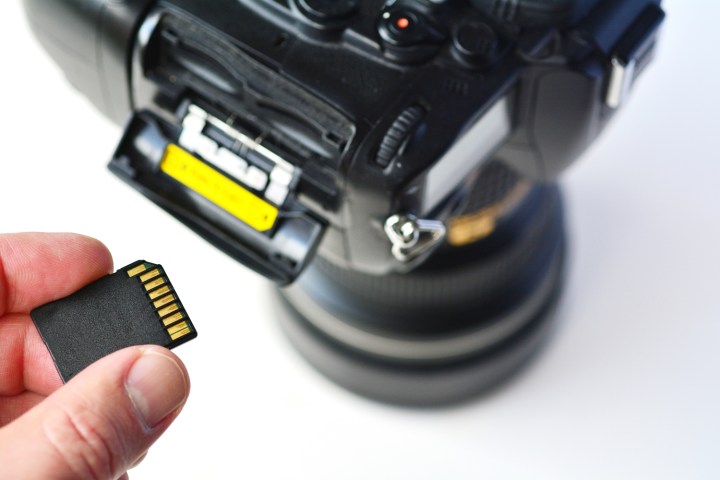
CFexpress reaches that speed thanks to PCIE architecture, which is also used in XQD cards. XQD, however, has a theoretical limit of just one gigabyte per second. CFexpress moves beyond this by running multiple PCIE lanes in parallel.
“The higher performance provided by CFexpress formats will further increase the capabilities and value for photographers, videographers, cinematographers, industrial, and compute applications,” said Canon’s Tom Ando, who also serves as co-chairman of the board at the CFA, in a related statement.
But CFexpress can also scale down, making it suitable for a wide variety of applications. It will use the low latency NVM Express storage protocol, which, like PCIE, is compatible across multiple form factors and types of products. The CFA sees CFexpress as a new standard not just for a single type of memory card, but for many different formats in different types of host devices.
It also noted that actual performance will vary based on the needs of a device. This suggests that CFexpress products could come in at a variety of price points as well.
The CFA cited professional cinema as one application where the speed advantage of CFexpress could really come into play. 4K RAW video at 30 frames per second currently requires about 400-500 megabytes per second, but that data rate can shoot up dramatically at higher frame rates. Presumably, CFexpress would also be able to handle the demands of 8K video, which is just now becoming an option for filmmakers.
Don’t expect CFexpress to reach its full potential anytime soon, however. The format is still in the early days of development, and initial form factors will focus on two-lane and four-lane architectures. Still, such designs would theoretically allow for up to two and four gigabytes per second, respectively. The CompactFlash Association says anything from one to eight lanes is feasible.




